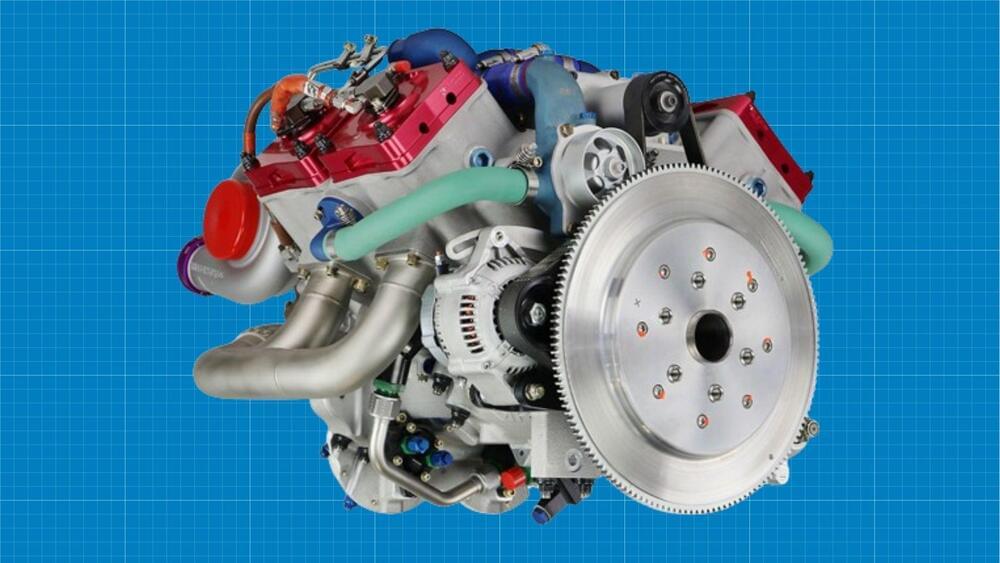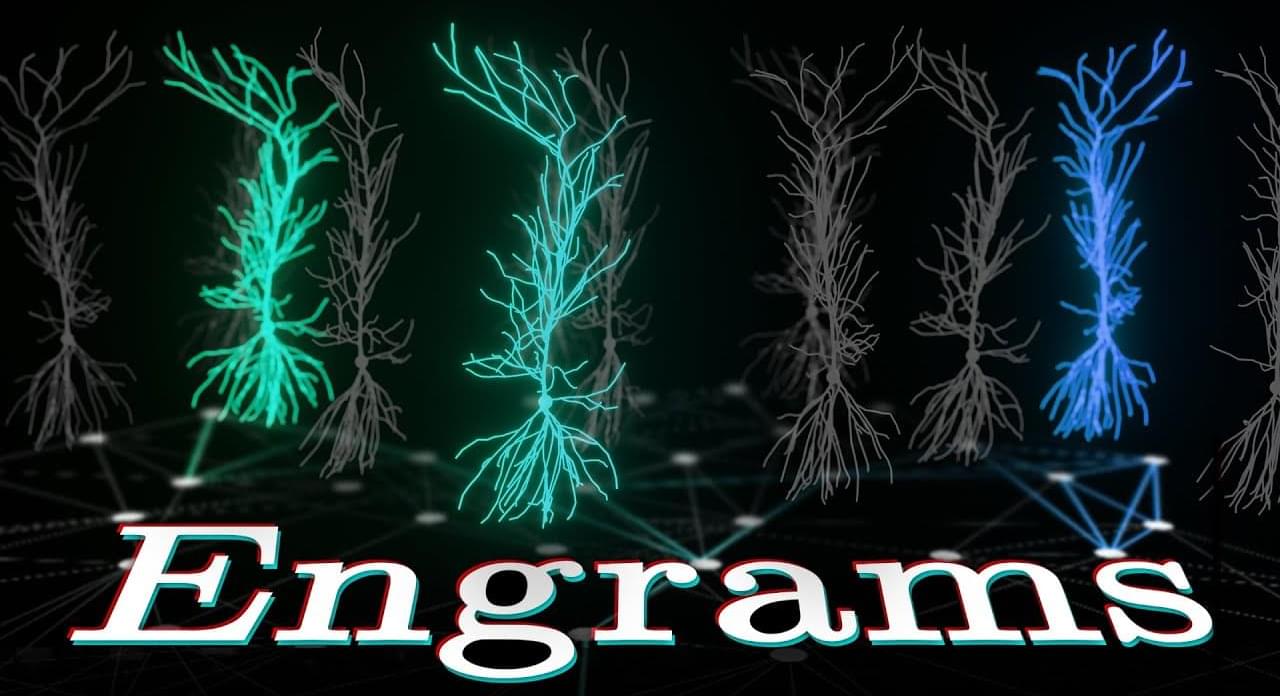Nov 27, 2023
DeltaHawk’s advanced aircraft piston engine goes green with hydrogen fuel
Posted by Gemechu Taye in categories: computing, transportation
The firm claims that the technology “testing in computer simulations is proving superior to legacy four-stroke engine architectures.”
DeltaHawk.
Continue reading “DeltaHawk’s advanced aircraft piston engine goes green with hydrogen fuel” »

















